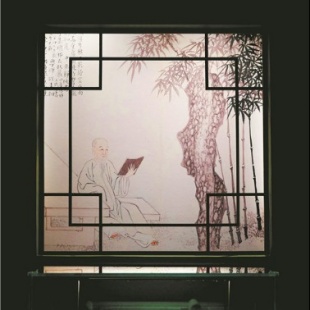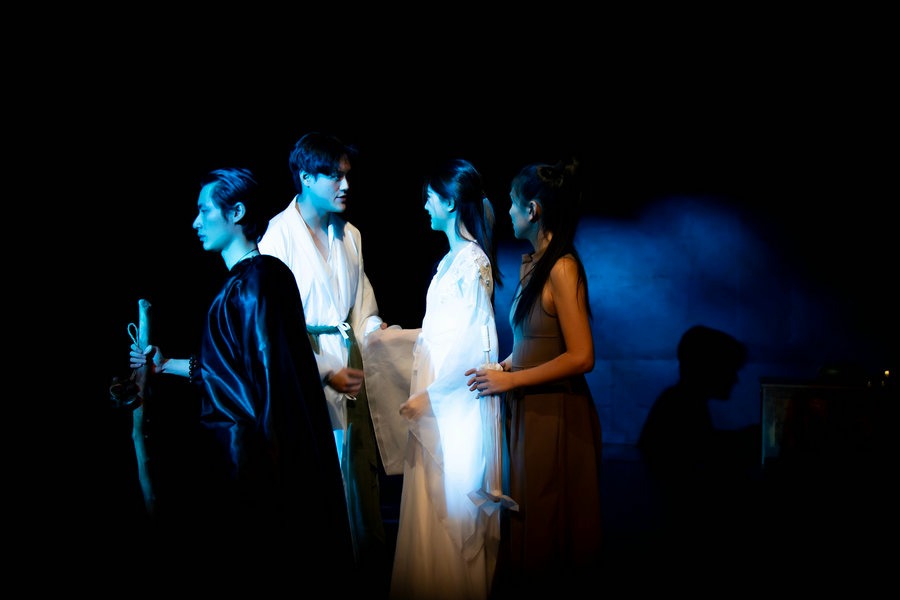Words for the song
A grand project to record a millennium of cultural achievements, initiated in the 10th century, still makes an impression today, Zhao Xu reports.


A grand project to record a millennium of cultural achievements, initiated in the 10th century, still makes an impression today, Zhao Xu reports.
In 992, 16 years after Zhao Guangyi succeeded his elder brother Zhao Kuangyin in a bloodless takeover upon the latter's death, the second emperor of China's Northern Song Dynasty (960-1127) ordered the commencement of a grand project that would not only help to enhance the cultural achievement of his empire, but also set in motion a trend which was to be followed, diligently and passionately, by those who emulated that achievement.
Under his auspices, all calligraphic works within the royal collection were cataloged, with the best ones picked out and carved into hundreds of stone slabs or tablets. The ultimate goal was to make impressions of these carved stones, impressions that were able to convey the full power and beauty of the original brushstrokes. Covetable objects of art, they also provided precious teaching materials for avid practitioners of calligraphy, which during the time of Song effectively included almost everyone that considered themselves a member of the literati.
No wonder these impressions were known as fa tie. Fa means "rules", while tie refers to the aforementioned impressions. In other words, they were expected to set the benchmark for an art form which adheres to no rigid standards, yet typically requires rigorous, even painstaking practice.
In Western museums, fa tie, also spelled as fa t'ieh, is introduced to their audience as a type of rubbing that served a unique purpose.
"Historically, nowhere else were rubbings consistently made with the stated goal of aiding the study of calligraphy, except in China," says Feng Xiaoxia, a researcher of ancient Chinese rubbings, of which fa tie forms a crucial part.





































